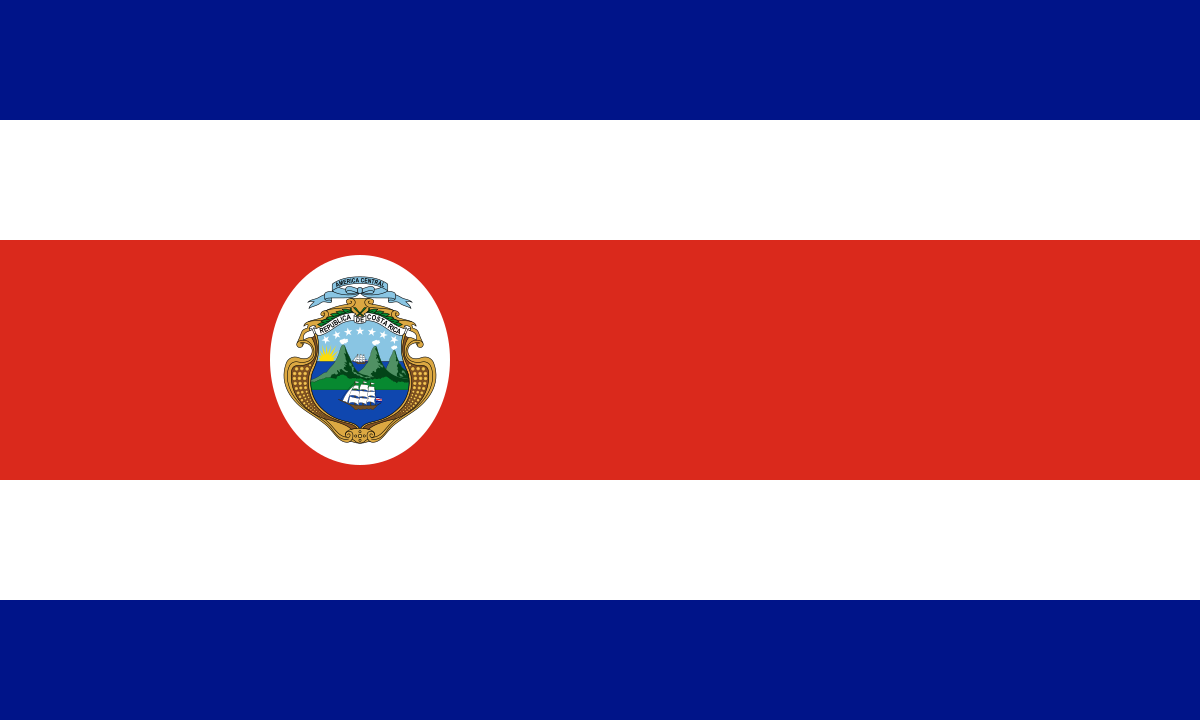A hazard is a natural process and event that is potential threat to human life and property. The process and the events become dangerous because of human use of the land. Natural hazards affect the lives of millions of people around the world. Examples of natural hazards in Costa Rica include its volcanoes, earthquakes and oceans and rivers.
A disaster is a hazardous event that occurs over a limited time span within a defined area. During the past few decades, natural disasters such as earthquakes, floods, and hurricanes have killed several million people. An example of a natural disaster in Costa Rica was their 2009 deadliest earthquake that left 34 dead and many damages. We classify a natural process as a disaster when it meets any of the following criteria:
- 10 or more people are killed
- 100 or more people are affected
- State of emergency is declared
- International assistance is requested
A catastrophe is a massive disaster that requires significant expenditure of money and often years for recovery. During the past half century there has been a dramatic increase in natural disasters. Flooding and storms are the major cause of fatalities.



